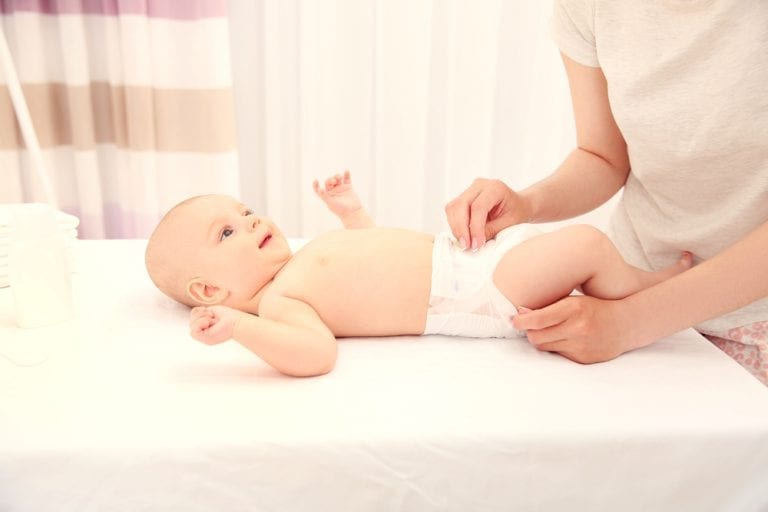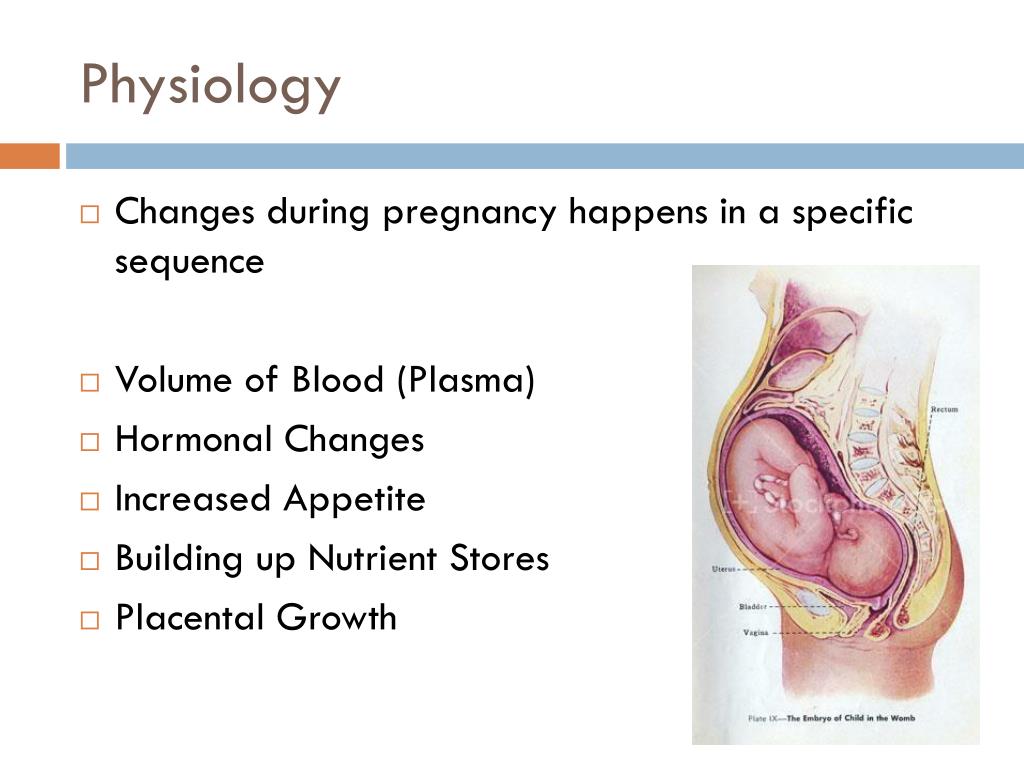

This is essential for the correct development of the fetus and gestation. Lesbian Artificial Insemination by Donorĭuring pregnancy, the fetus is floating inside the uterus suspended by amniotic fluid.


This will happen two or three times before birth.Īfter it falls out, it decomposes in the amniotic fluid and is replaced by vellus hair, also known as peach fuzz, which is the fine hair covering most of our body. It typically falls out in the third trimester, shortly before birth.īy the 15th week of your pregnancy, your baby’s hair pattern starts to develop as the hair pushes through the scalp, and it will be visible on the ultrasound.Īs gestation continues, the initial crop of lanugo hair will shade and regrow. As we mentioned before, lanugo is a temporary type of hair that developing babies grow.
#AMNIOTIC FLUID COLOR AND TEXTURE SKIN#
Newborns with lighter skin tend to have less hair at birth than newborns with a darker complexion, which is another example of how genetics influence the amount of hair a child is born with. If babies in your family tend to come out bald, then there’s a good chance yours will be born bald too. So it’s difficult to predict how much hair your baby will have when they are born, but genetics and hormones are thought to play a significant role.
#AMNIOTIC FLUID COLOR AND TEXTURE FULL#
Even premature babies can be born with a head full of hair. What determines whether your baby will be born with hair or notĮvery baby is unique. This could cloud the final image and make any hair growing on the baby’s scalp difficult to see. While ultrasound might hint at whether your baby will be born with hair or not, you won’t know for sure until delivery.Īdditionally, the sound waves emitted by the ultrasound have to travel through amniotic fluid, fat, and skin on their way to mirror your baby. On the other hand, not seeing hair on the ultrasound doesn’t necessarily mean that your baby will be born bald.ĭue to the amniotic fluid, your little ones’ hair is wet, and this can skew the image you see on the ultrasound because the hair may be slicked down on the scalp. It can be mistaken for scalp hair, especially if the baby is at an angle that’s difficult to get a clear view. It grows all over your baby’s body, but it is thickest around the shoulders, ears, forehead, and back. It protects your baby from skin damage and encourages growth. What you’re seeing could be temporary hair called lanugo, which is soft, unpigmented hair found on fetal and newborn babies. Seeing hair on your baby’s head during an ultrasound doesn’t necessarily mean that they will be born with a head full of hair. Will your expected bundle of joy arrive with a head full of hair? What does seeing hair in an ultrasound mean?

It’s nothing short of magical to see your little one’s fingers, toes, and chubby cheeks in the uterus.īut if you’ve never had an ultrasound before, you’re probably wondering if you’ll be able to see your baby’s luscious locks, and if you do see them on that screen, what does that mean? Prenatal ultrasounds are very exciting moments for all expectant mothers. These hairs are more likely to be seen on a 2d ultrasound towards the end of your pregnancy than at the start or in the middle of the pregnancy. Interestingly, it’s an old wife’s tale, but it might just be what you need to determine if your baby will be born with hair. Conversely, pregnant women who didn’t experience heartburn mostly gave birth to bald babies. Recent studies have shown that pregnant women who reported having significant heartburn have a greater chance of delivering a baby with a head full of hair.


 0 kommentar(er)
0 kommentar(er)
